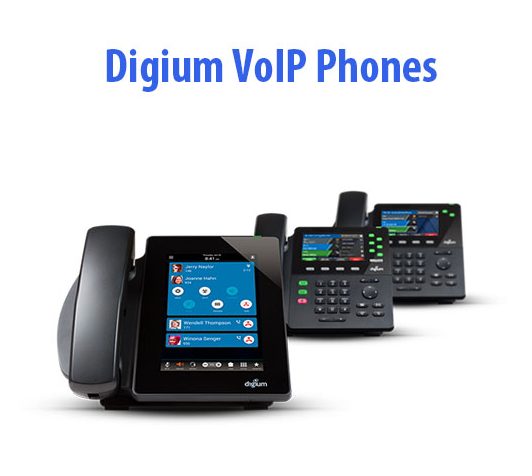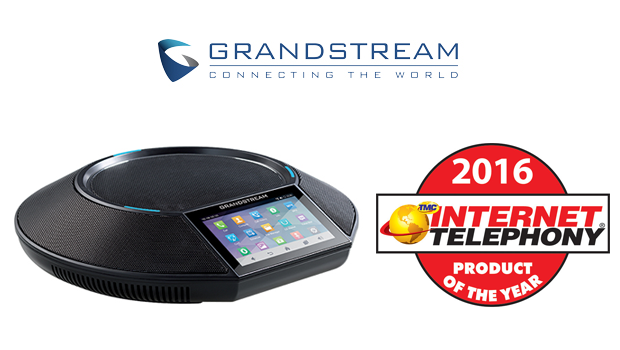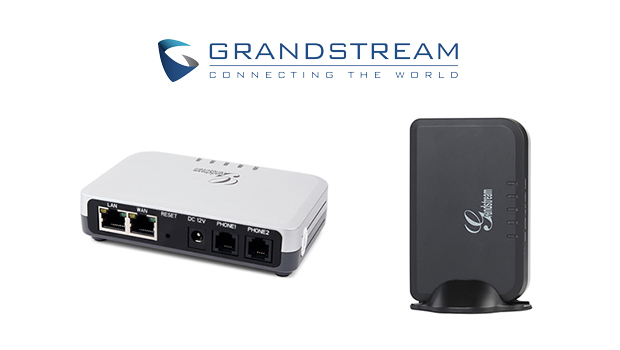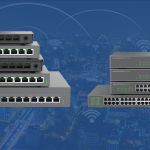For many people looking into purchasing a new phone system, some of the most frequent terms that will pop up will be ‘VoIP’ ‘SIP’ and ‘SIP trunking’. These are all important key features of many phone systems, but many people are uncertain about what they actually mean and how they could benefit their phone usage and business.
For many people looking into purchasing a new phone system, some of the most frequent terms that will pop up will be ‘VoIP’ ‘SIP’ and ‘SIP trunking’. This post will outline just what ‘SIP’ trunking is and how valuable it is to modern telephony systems.
What is it?
Unlike traditional phones, IP phones are like small computers that connect to your company’s Private Branch Exchange (PBX) via an ethernet cable. Your company will have an on-site server or a hosted PBX service that creates a remotely maintained private telephone network.
VoIP – Voice over Internet Protocol is how phone calls, messaging and videos are transferred through the internet.
SIP Trunking – Specifically sends and receives call data via SIP (Session initiation protocol) and is a method of VoIP.
SIP – The protocol that initiates the data connection, allows for changes to the session, and ends the calling session
Benefits
Cuts costs and improves scalability – If you are thinking about carrying out a new traditional phone system, think about the costs. The costs that may occur with this method could be much higher than SIP trunking, with additional payments for hardware or wiring that are required.
These costs are avoided with SIP trunking as it is installed using the internet. You can even save money when updating your current phone system by using IP phones and VoIP. This allows you to connect SIP trunking to your analog system using a gateway, reducing the need to replace your whole telephony infrastructure.
Pay for what you use – SIP trunking is kept affordable with a ‘Channelized Rate Plan’. This is where you only purchase the number of channels you need. Or you can use a ‘Metered Rate Plan’ where you only pay for the minutes you use each month.
More dependable – With SIP trunking, the inconvenience of a call failing to reach your phone is avoided, as the providers can reroute your PBX services to a backup line or even your mobile phone. Your phone system will demonstrate optimum reliability and you will never miss an important call.
Is your network ready?
If you are interested in the benefits of a SIP trunking installation, there are three things that you must consider to see if your network is ready for VoIP.
Upload and download speeds – These refer to the bandwidth speeds of your network’s LAN, internet connection method, or internet provider’s network. You may need to upgrade your internet service to maintain the recommended bandwidth of your network.
Latency – This is the amount it takes for the speech to get from one end of the phone call to the other. Latency doesn’t directly affect the quality, however, a delay may become evident and off-putting to callers.
Jitter – The varying degrees of delay of voice data transfer in a phone call session. Jitter is often influenced by network traffic and can result in poor call quality.
With the cost, scalability and reliability benefits of SIP trunking, long gone are the days of telephone switchboard operators manually routing calls. They require little hardware and wiring and offer a scalable solution to give you flexibility in your phone system.
Check out Digium’s full range at VoIPon below. If you have any specific requirements, please contact our technical sales team on +44 330 088 0195.
Check out the original post on Digium by Blakeley Kilgore here










